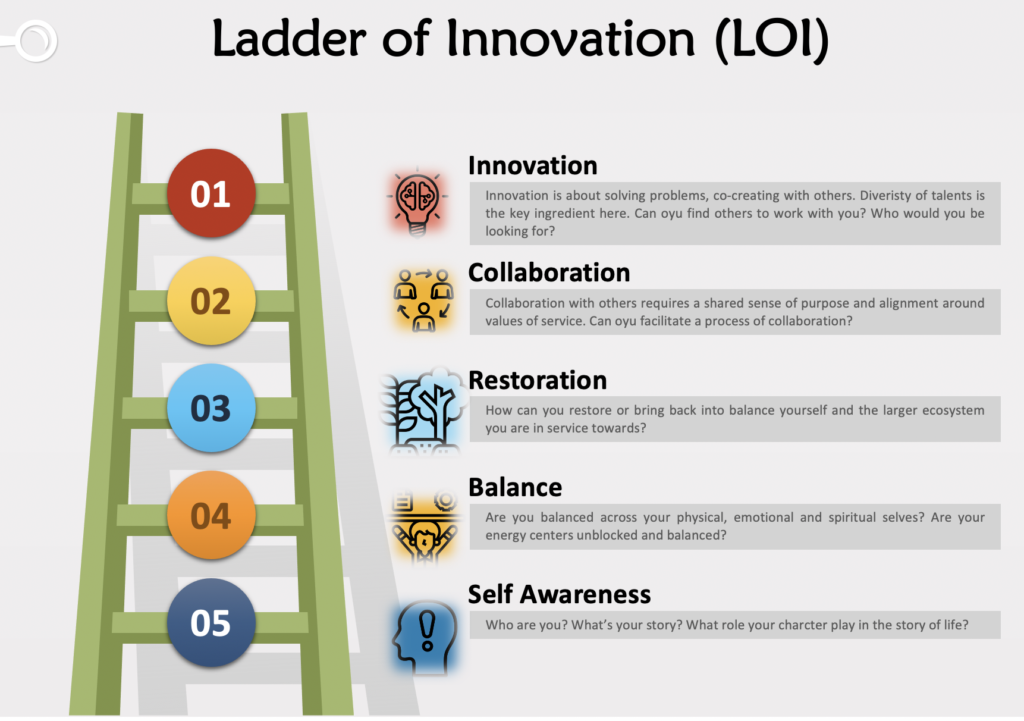
So what’s your story?
Everybody has a story. It tells others where we came from, where we are, and sometimes where we want to go. It is kind of like a road map of our life. But, like any roadmaps, they are sometimes hard to read. That’s when a storytelling guide can be constructive.
Let me give you a little context. This blog is about how storytelling guides work. In the before times of 2021, when COVID19 was in full swing, the Agile Foresightsm team had the idea of using storytelling as a way to help people deal with all the stress and uncertainty the pandemic was creating. For a host of reasons, that idea never got implemented as an online caregiving program. However, we published a famous article in Contentment Magazine titled “Are You Languishing?”
Since that time, we’ve come across two other similar efforts. One from an organizational consultancy uses stories to foster leadership development. The second effort (still in stealth mode) is a way to lead teams to more innovative behaviors, as outlined in the diagram below. Notice how stories are the first step up the ladder of innovation.

We futurist type call these events ‘weak signals’, which point to things that can become impactful trends. So, we have decided to revisit the idea of stories and reopen those conversations we started over a year ago.
We’ve learned two new key things about stories this past year. First and foremost, storytelling is therapeutic. Recovering from trauma is a grieving process. Crafting and writing your account down can help in that grieving process. For example, here are some ideas about how to manage that process:
- Begin with facts – what, where, when, how
- Add emotions and thoughts
- Sit with discomfort
- Challenge irrational thoughts
- End with recent learnings and growth experiences
Let me add a personal testimony here. I have combat-related PTSD. The most powerful recovery technique for me was writing and telling my own story. This leads me to our latest learning. The storytelling technique I used was the myth of the ‘Hero’s Journey,” popularized by Joseph Campbell in “The Power of Myth.” But there are many ways to tell stories.
Storytelling is as much an art as a social science. As we go forward with this idea, we will partner with a professional screenwriter to help us master different story techniques such as Bob the Cat, Log Lines, and Dan Pink’s Sales lines. Have we gotten your curiosity up yet?
This blog is a call to action and an invite for you to join the Agile Foresightsm team as we explore the use of stories. Our intent is to help heal trauma, chart your life course, and above all, ground your personal energy, so your needs are met, and you have support and stability.
Do you want to learn how to tell your story? Do you want to hear ours? Interested? Reach back to us.
Here’s a story in song to take us out…


Leave A Comment
You must be logged in to post a comment.